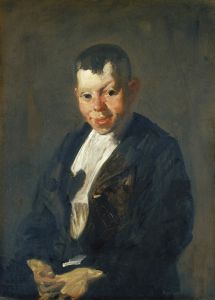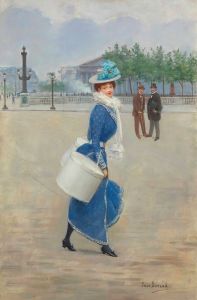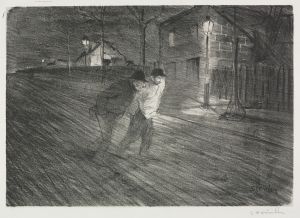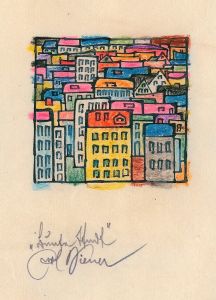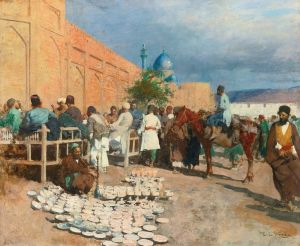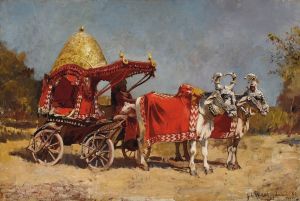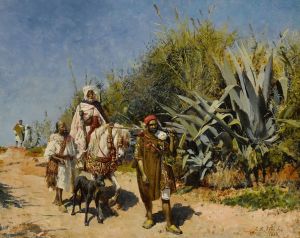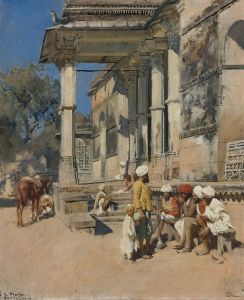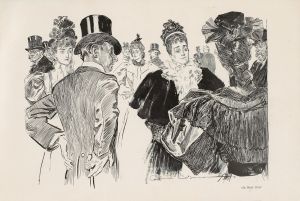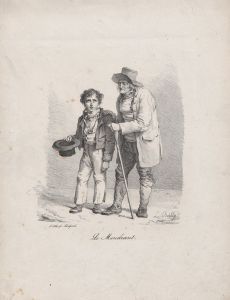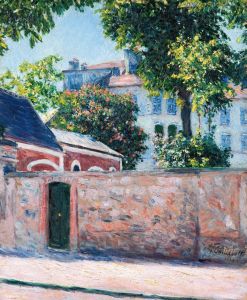
Rabat
A hand-painted replica of Edwin Lord Weeks’s masterpiece Rabat, meticulously crafted by professional artists to capture the true essence of the original. Each piece is created with museum-quality canvas and rare mineral pigments, carefully painted by experienced artists with delicate brushstrokes and rich, layered colors to perfectly recreate the texture of the original artwork. Unlike machine-printed reproductions, this hand-painted version brings the painting to life, infused with the artist’s emotions and skill in every stroke. Whether for personal collection or home decoration, it instantly elevates the artistic atmosphere of any space.
Edwin Lord Weeks (1849–1903) was an American artist known for his Orientalist paintings, which often depicted scenes from his travels in North Africa, the Middle East, and South Asia. One of his works, titled Rabat, portrays a scene from the Moroccan city of the same name. Rabat, the capital of Morocco, has a rich history and is known for its blend of Islamic and European influences, which may have inspired Weeks during his travels.
Weeks was a prominent figure in the Orientalist movement, a genre of art that sought to depict the cultures, landscapes, and peoples of the "Orient," a term broadly used in the 19th century to describe regions outside of Europe, particularly the Middle East and North Africa. His works are characterized by their attention to detail, vibrant use of color, and ability to capture the atmosphere of the locations he visited.
The painting Rabat reflects Weeks's skill in rendering architectural details and capturing the interplay of light and shadow. While specific details about this particular painting are scarce, it is consistent with Weeks's broader body of work, which often featured bustling marketplaces, grand mosques, and everyday life in exotic locales. His ability to depict these scenes with authenticity and respect for the local culture earned him recognition during his lifetime and beyond.
Weeks traveled extensively in Morocco during the late 19th century, a time when the country was a popular destination for European and American artists seeking inspiration from its unique architecture, vibrant street life, and dramatic landscapes. His travels were documented in his writings and sketches, which provide insight into his creative process and the environments that influenced his art.
Today, Weeks's works, including Rabat, are celebrated for their artistic merit and historical value, offering a glimpse into the 19th-century Western perspective on non-European cultures. His paintings are held in various museum collections and private galleries, where they continue to be studied and appreciated for their technical excellence and cultural significance.
No further specific information about the painting Rabat is available.





